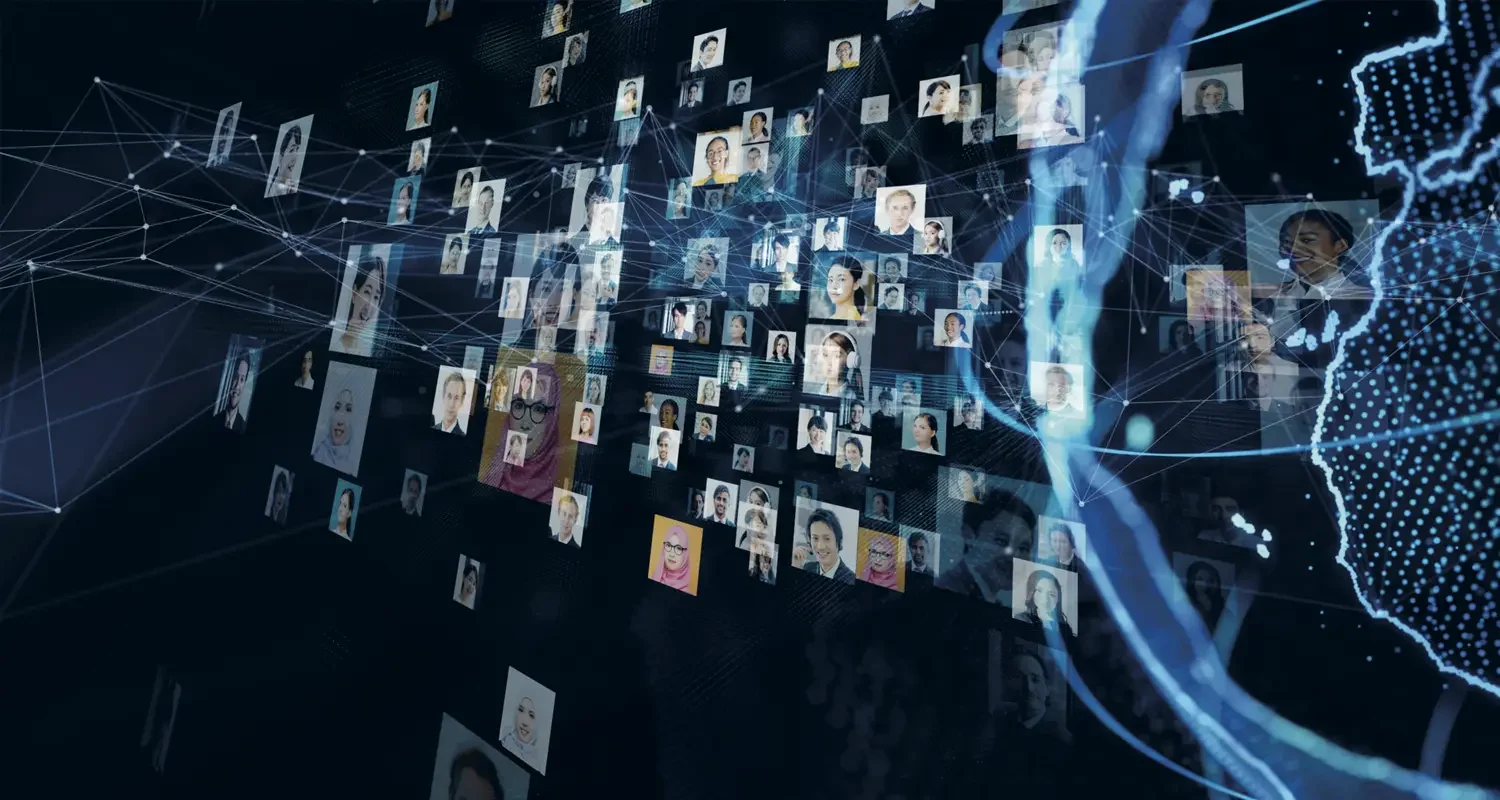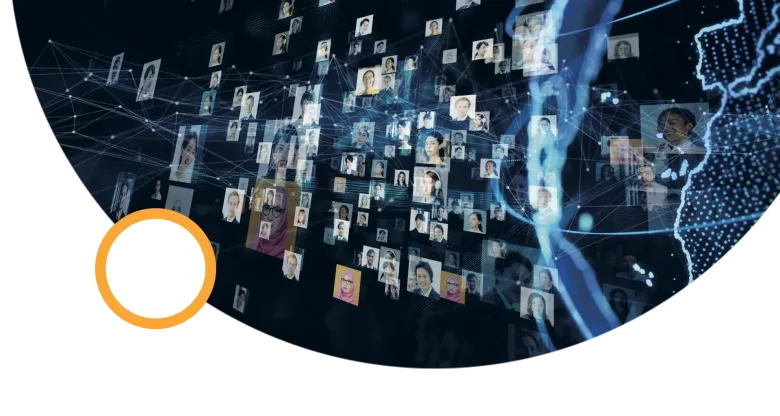As a social psychologist, I have come to understand that our worst acts are often carried out in service of good group membership. Our ideas of what is acceptable, fair or just change dramatically when our psychological viewpoint shifts from “me and you” to “us and them”. Intergroup dynamics are thus a critical boundary condition on our most cherished theories of morality, justice and human nature.
And yet we still don’t have a deep understanding of what a group actually is, or how it behaves. And how do we know to which groups we belong? How do we assign others to groups? Why do those assignments sometime change so abruptly and brutally? How do people go, in only a few years, from marrying one another and raising each other’s children to supporting or even participating, in genocide?
One important challenge is that most intergroup researchers study what might be best characterised as group geometry — whether people lie within or outside a social category, what shape the resulting networks take, and so on. More specifically, the contemporary intergroup literature emphasises static category-memberships, usually in conflict dyads — for instance, black vs. white people — although many conflicts obviously involve more than two groups.
This approach is limited because it is inflexible: social categories are not fixed, monolithic entities. Associations with specific categories change over time: Italians in the U.S. were considered ethnic outsiders for decades before becoming racialised as white in the early 20th century. Allegiances between categories can change: Americans and Japanese today enjoy cordial relations, whereas 80 years ago they were mortal enemies. Group boundaries contract and expand over time and contexts, and are constantly being redrawn and negotiated by those within and outside those groups. Not all categories are psychologically potent or purposive: societies have never been worried about an uprising by brunettes.
Finally, a static framework cannot explain how people transition from being cooperative neighbours to enemy combatants. Moreover, there are leaders and central actors who foment, carry out, and perpetuate conflict. Many experts have weighed in on what conditions allow those actors to succeed but it is also crucial to consider the social contexts in which those conflicts unfold. What about everybody else? Who supports the conflict? Who protests? Who stands by?
Study and management of conflict in international relations and the social sciences generally focuses on out-group threats — economic challenges, clashes of values, political differences, resource conflicts or pathogenic risks. But those threats often exist without any concomitant conflict taking place, which suggests that while some form of threat is necessary for conflict to arise, it is not sufficient in itself. Dislike or prejudice against an outgroup does not mean that there will be widespread support for harming them.
This is why I study the physics of groups: the psychologically meaningful forces that regulate the formation, organisation and dissolution of purposive groups. My work proceeds on the assumption that groups are best understood as distributions of members who will continually reorganise themselves under the influence of forces which bind them together and rend them apart. This coalition-based framework accounts for groups’ dynamic nature: the very same people who may stand by in one context can be activated to violence in another, so long as certain conditions are met.
The ways in which coalitions form and re-form, and the conditions under which threat turns to conflict and then to violence, are changing under the influence of information technology. We are not dispassionate processors of information. Just as prisms bend light, so too do our minds distort information, making some information more likely to be noticed, remembered or shared.
For example, individuals have the tendency to attend to, learn from, and weigh negative news more heavily than positive or neutral news. This negativity bias may be further compounded by factors such as the availability heuristic, which leads people to consider events to be more likely and credible if they can readily recall similar incidents. This is why threatening propaganda can be very effective in generating hatred against particular groups or organisations.
So even if there was no dis- or mis-information being broadcast to the public, we still wouldn’t have a veridical picture of the world in our heads. This matters, because false beliefs inform behaviour. For example, inaccurate, pessimistic beliefs about the other side’s feelings are associated with decreased trust, and negative expectations about mutual interactions. The farther I think you are from me, the less I trust you or want to talk to you. Perceived polarisation leads to actual* polarisation.
In addition to first-order perceptions, my colleagues and I study meta-perceptions. A perception is what I believe about you. A meta-perception is what I believe that you believe about me. We think these are important because they guide whether or not we believe we can live or work together. Democratic governments inevitably require coordination amongst people who disagree; that coordination is what brings citizens services, infrastructure, and security. But if my meta-perceptions are overly negative — I believe you’re appalled by me and outraged by everything I do — that forecloses on the possibility that we can get anything done. It would be a waste of time to try.
That situation would seem to summarise the current situation in American politics, so we put it to the test.1 We found that Democrats and Republicans alike disapproved of hypothetical actions the opposing party might take, such as naming a highway after a controversial figure, or gerrymandering an electoral district in their favour. They weren’t generally enraged—but they did think other members of their own party would be. And they thought that if the situation was flipped, so that their own party was the “offender”, members of the opposing party would be hugely offended. The more strongly they felt this, the more strongly they believed their opponents to be obstructionists themselves.
This is not just the case in the domain of politics. For example, my colleagues have found that Americans who learn that Arabs or Muslims blatantly dehumanise Americans are not only more likely to dehumanise Arabs and Muslims in return, they’re more likely to say they support torture and drone strikes. This finding replicates with Hungarians’ beliefs about Roma people, and Israelis beliefs about Palestinians. In other words, across contexts and cultures, overly negative meta-perceptions make people believe the worst of the other side and encourage support for hostile actions against them.
This might sound dispiriting, but there is a silver lining, because combatting misperceptions is easier than trying to change people’s actual positions or prejudices. People are obviously very concerned with their own image in others’ eyes: we all want to be liked and respected. So if we learn that the other side isn’t as hateful towards us as we originally thought, that can cut through in a way that attempts to improve our view of them simply won’t. When we told our political survey participants that their opponents were much less easily offended than they had assumed, they became less likely to assume those opponents were driven by spiteful obstructionism — and the more pessimistic they originally were, the bigger the effect of the intervention. These results replicate across cultures and group contexts. As part of a team of over 80 researchers we have replicated both our effect and our intervention with more than 10,000 participants spread over 26 countries.
Note also that meta-perceptions can also be more specific; they can be about what we expect the other groups to do, not just how they feel. For example, my colleagues at Stanford asked people in the U.S. how likely they thought the other political party would be to engage in partisan violence. Then half of those people received a correction (based on real data) indicating that only a very small percentage of the other side would actually support or engage in violence on behalf of their party. Those who received the correction were significantly less likely to support others’ violence or say that they themselves would engage in violence.
Of course, political, social, and religious factions are doing the opposite: promoting errors in meta-perception. The message is: they hate you so it’s okay to hate them back. And almost any behaviour is morally acceptable if it’s done in self-defence. These group leaders are building coalitions against their opponents, talking their members into conflict and violence.
Looking forward, I think that individuals, institutions, and governments have a deep responsibility (and challenge) to communicate accurately just how close we are in our values and desires. People now haveaccess to unprecedented volumes of information, but they need to see how much distributions of attitudes and issue positions overlap. They are often only told how far apart the mean positions are — not that this is only because of a few people in “the tails.” Support for climate change is a perfect example of why this matters. In one series of surveys, 80-90 per cent of Americans underestimate the prevalence of support for major climate change mitigation policies. They live in a false social reality: they think only a minority of citizens support climate action whereas the true numbers range from 66 to 80 per cent. The provision of reliable information from trustworthy sources to a data literate public is paramount for large scale collective coordination.




